Year 2 Bulletin
Number and Algebra /Fractions
Fraction Wall

Year 2 Bulletin
Number and Algebra /Fractions
Fraction Wall
Leaning Intention:
To recognise equivalent fractions
Learning experience overview:
We are exploring fractions as a number that shows equal parts of a whole object or set of objects.
This problem was used as an introduction to equivalent fractions. It provides a powerful visual representation, helping students develop an understanding of the relationship between different fractions. It gives students the opportunity to explore fractions in an open-ended way, encouraging them to develop their own ‘rules’ for finding equivalent fractions.
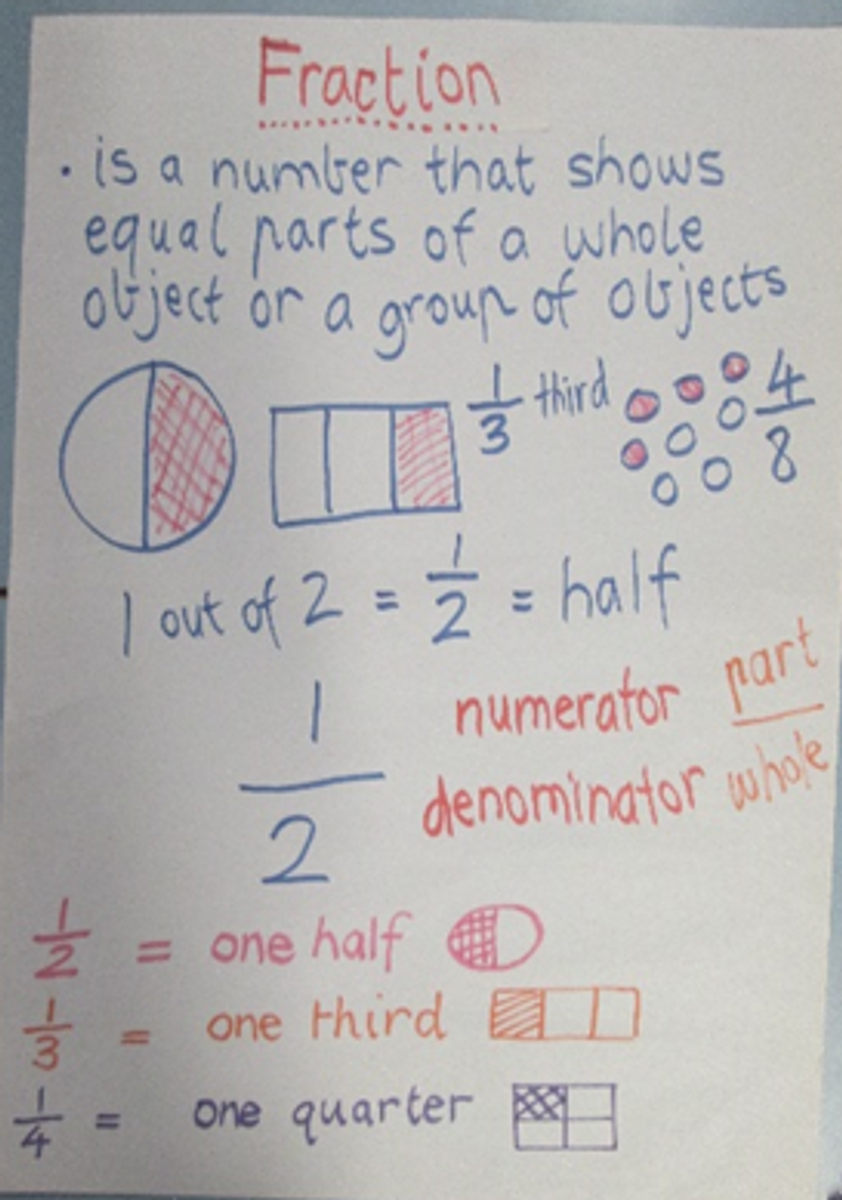

Firstly, we defined what a fraction was, and built an anchor chart to refer to.
Then, for this activity, students created their own Fraction Wall, using a blank template.
They were encouraged to notice how each bar of the wall had been divided into equal parts.
We discussed what fractions were represented by the different bars in the design.
On their own Fraction Walls, students then labelled and coloured the blank parts of each bar, with the fraction it represented.
As a class, we then considered the blank fraction wall, below, taking the purple bar as the ‘whole’.
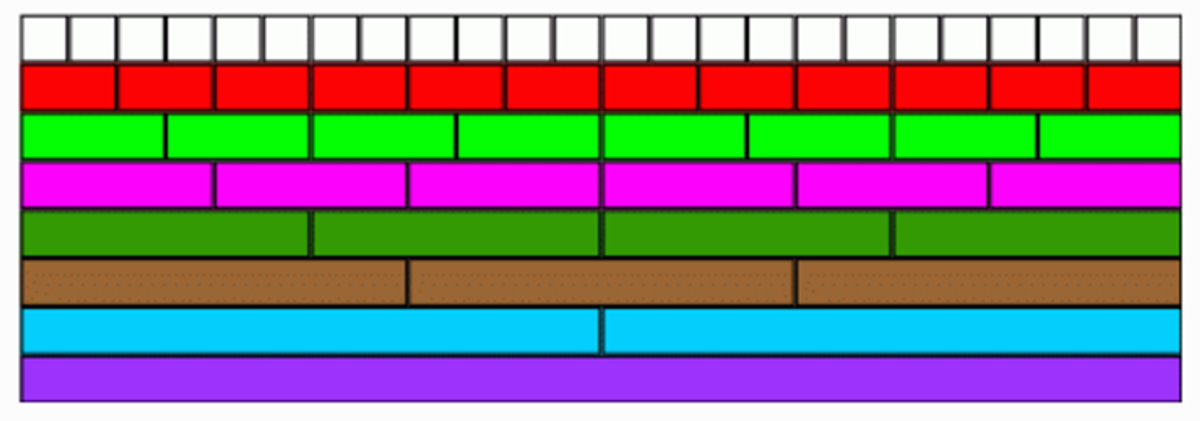

Questions/prompts were suggested:
· Can you spot any fractions which are equivalent?
· How many quarters is the same as a half?
· How can we tell?
· What fraction of the purple bar does each blue bar represent? How do you know?
· How many sixths is the same as a third?
· Write down the equivalent fractions that you have found. What do you notice?
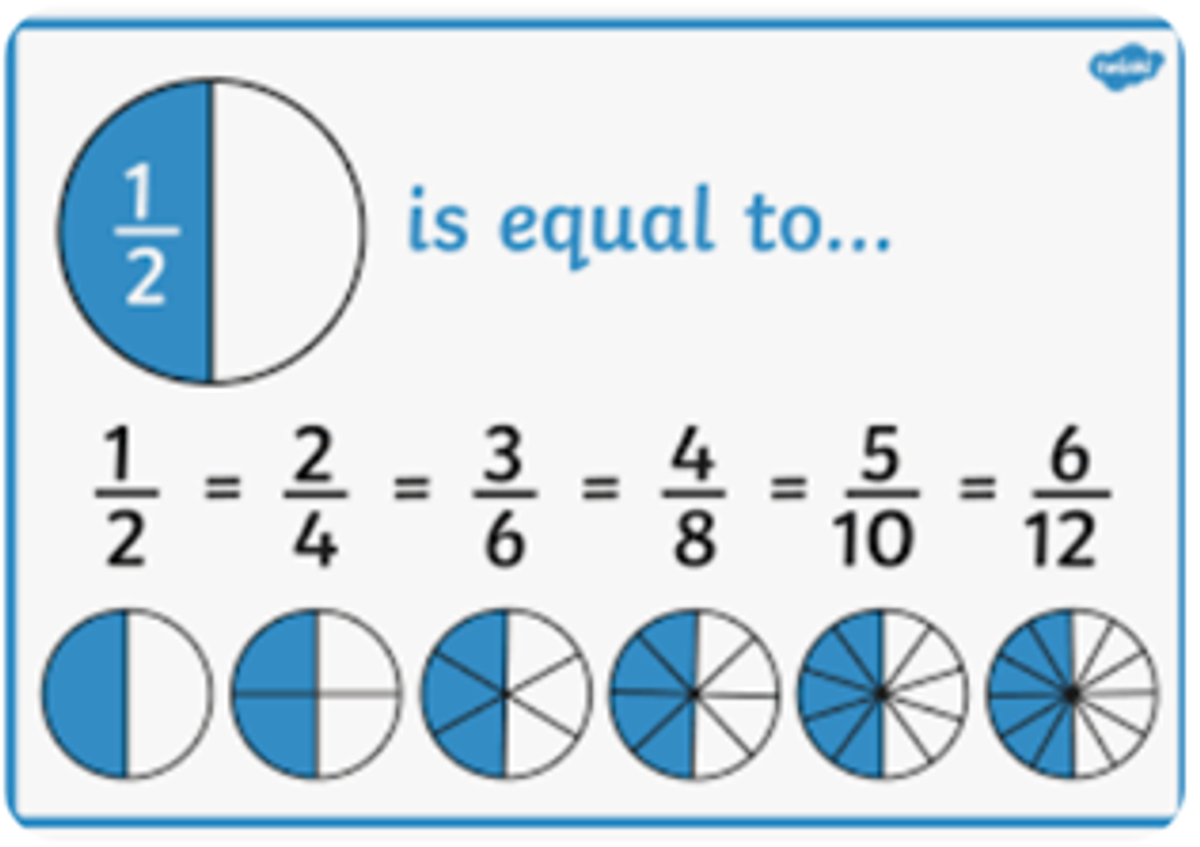

Encourage them to see what they noticed about the numerator and denominator of the equivalent fractions. Examples were written on the whiteboard.
We asked students to share what they discovered - had anybody found a 'rule' for finding equivalent fractions without a picture? Why does this rule work?
Students then completed the Fraction Wall exercise, below.
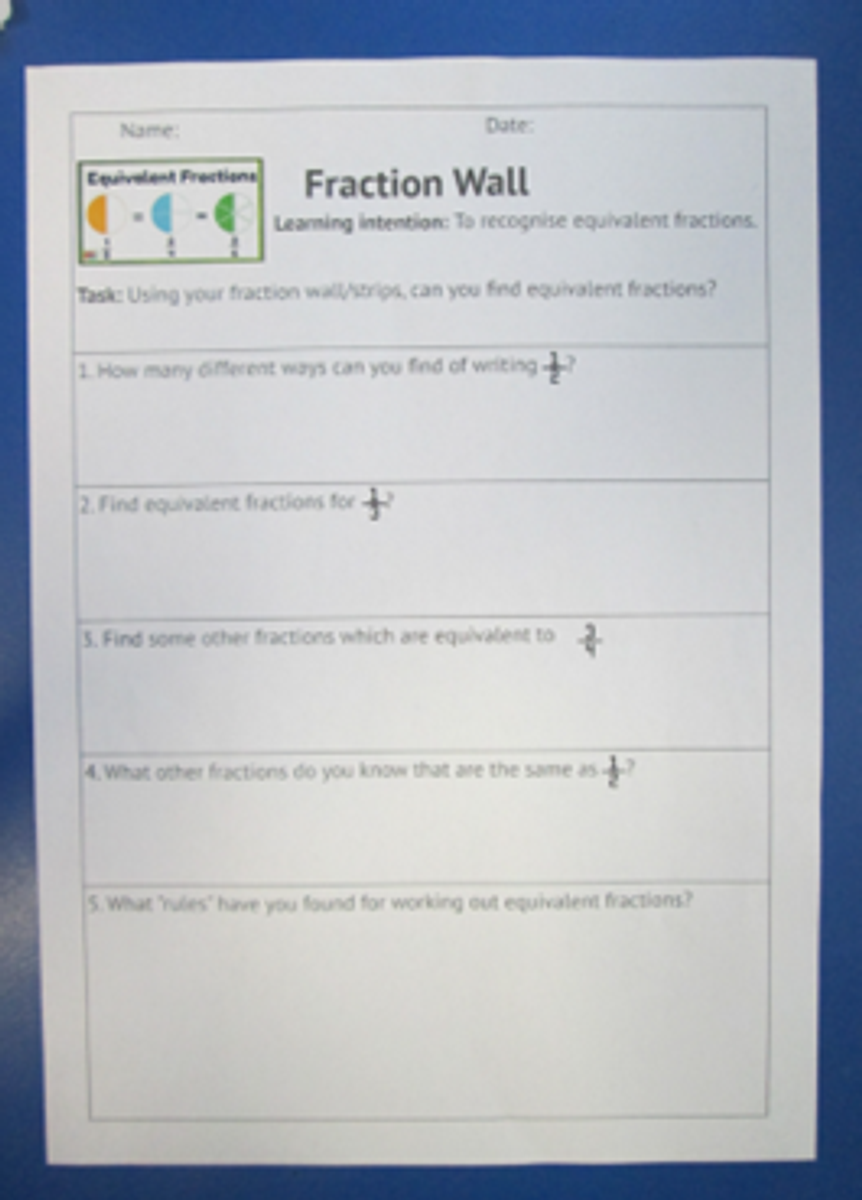

We asked them to reflect on their own learning, highlighting misconceptions, ideas discovered and problems encountered.
Enabling Prompt:
· Cut out the different fractions to check that they are identical.
· Using Cuisenaire rods to represent the fractions (perhaps choosing a rod of length 6 or 8 to represent the whole) would provide a more concrete fraction environment for students to explore.
Extending Prompt:
· Can you find more equivalent fractions on the Fraction Wall?
· Could you build your own wall, with different values?
· Do you need a Fraction Wall to discover more – or can you work it out using some other way? What is that way? Does it work every time?
Prompts/questions/responses:
· What is the important thing to remember about the parts of fractions? (equal)
· Would it help you to draw the fraction?
· What patterns can you see?
· Does it help you to write down what you know, first?
· What helped you to work out your answer quickly?
· What do you already know, that can help you find the solution?
· Could you see any number facts?
· How will you be able to check your answers?
What you can do now at home, to continue the learning from this experience:
· Look for fractions around you
· Create opportunities to make fractions of different values
· Use fruit – an apple, a slice of watermelon, to make your own fractions
· Choose random numbers and see if you can make a fraction from it. Can you draw it?
· Dominoes are great for (one) naming fractions and (two) finding equivalent fractions. Students must first determine which side is the numerator and which side is the denominator (bigger). Then, they can find other dominoes that are equivalent fractions to the first, with bigger and smaller numbers.
· Use Lego to build your own fraction wall
· Make your own playdough and divide it into fractions
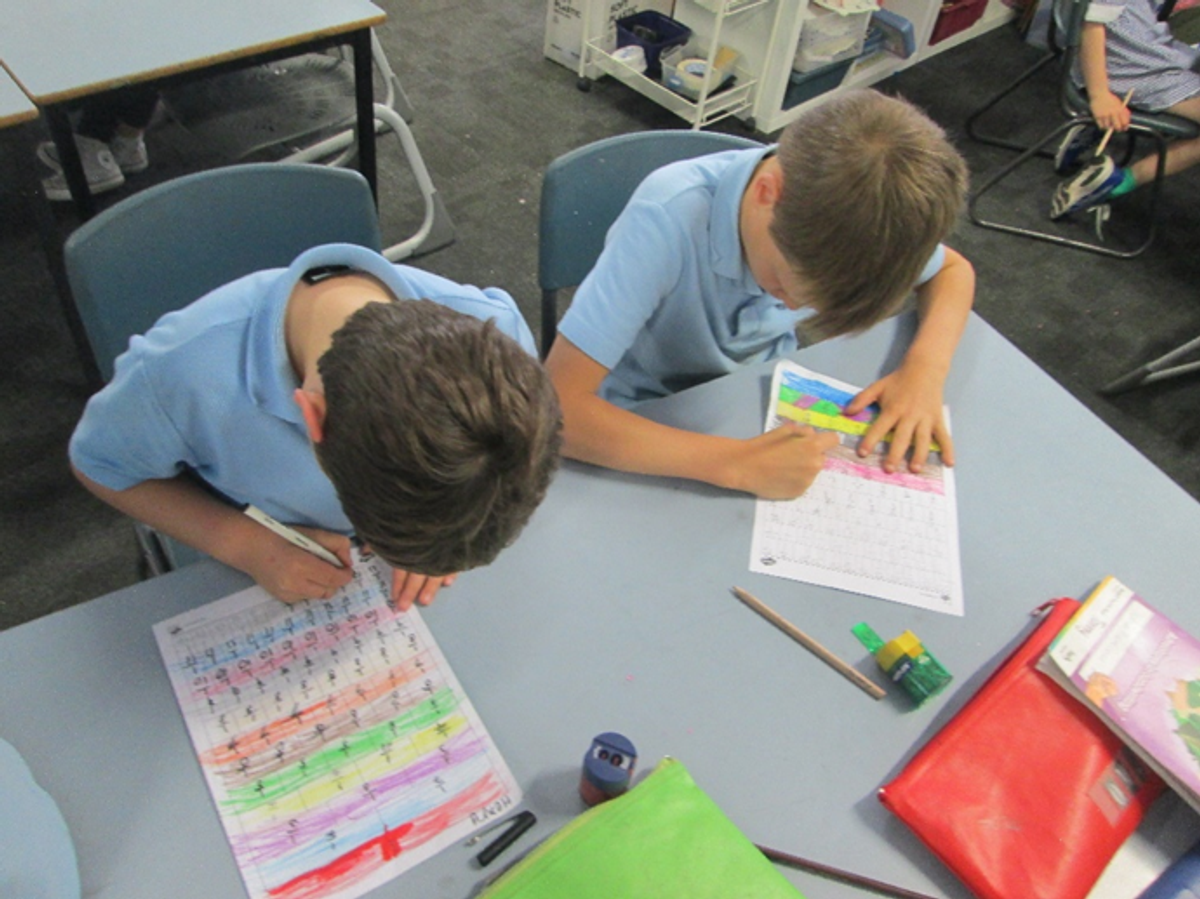
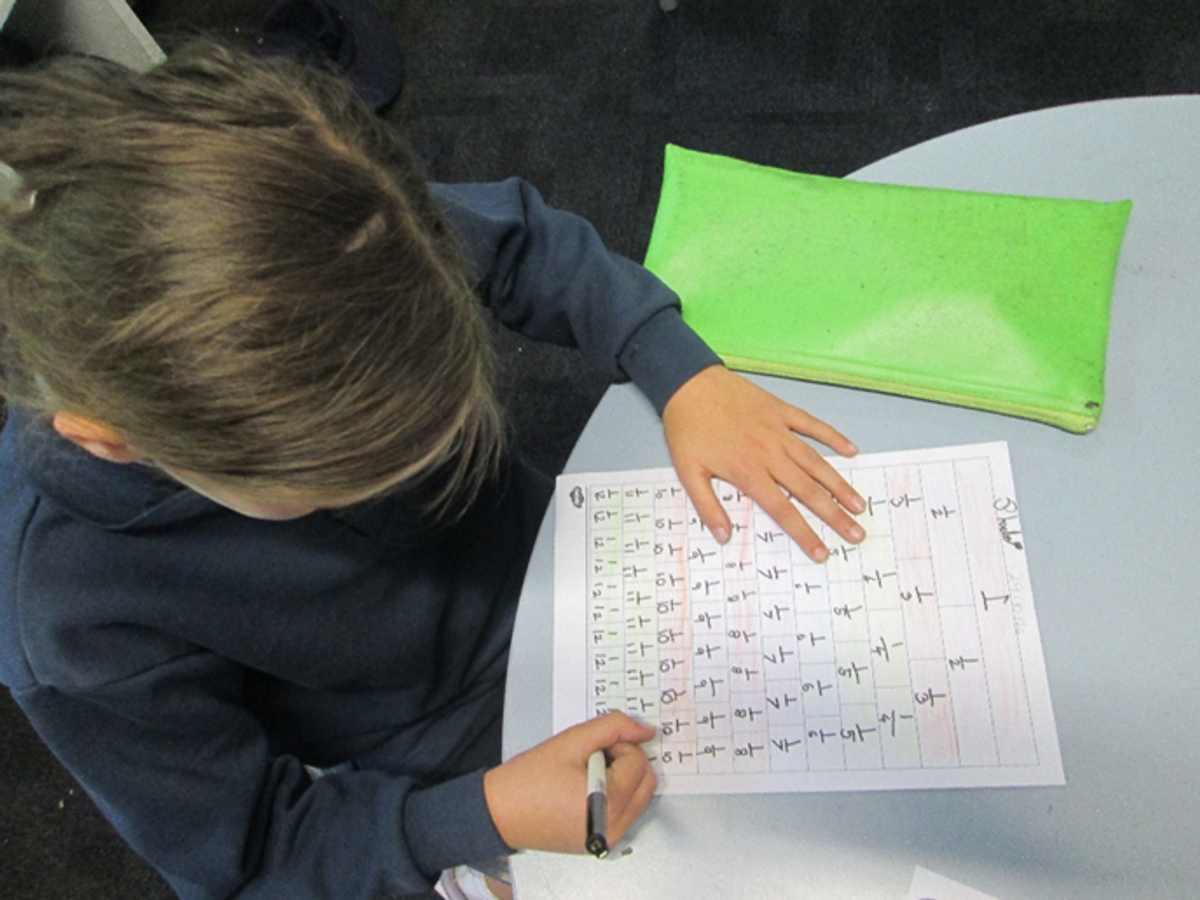
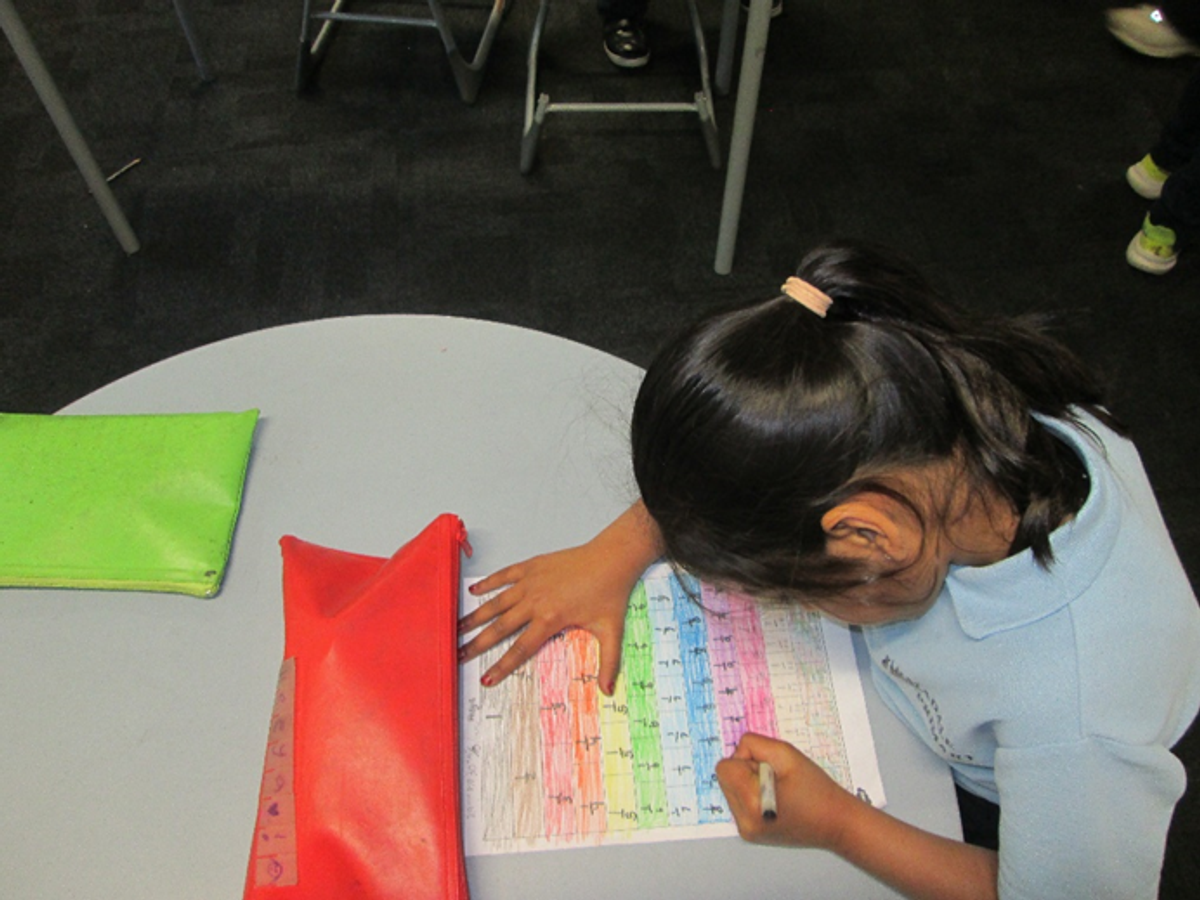
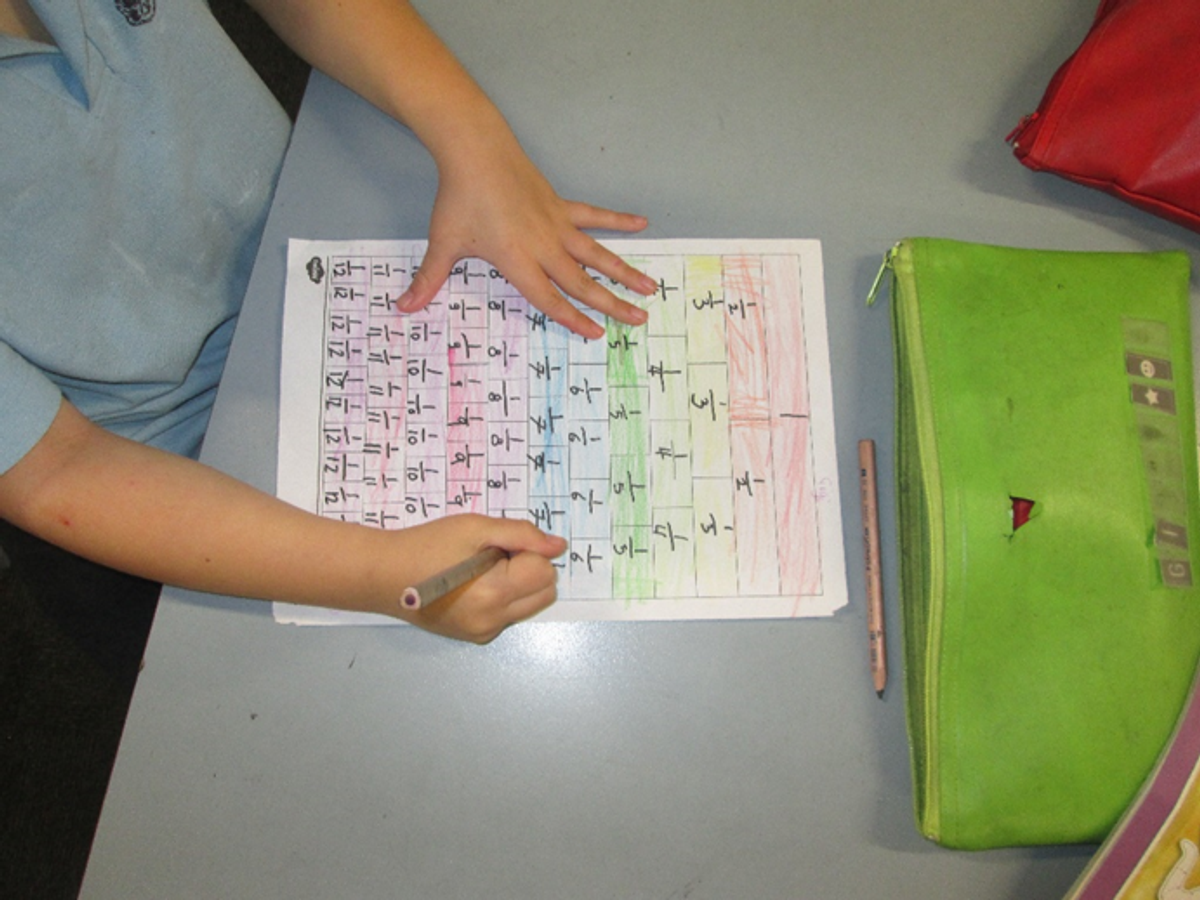
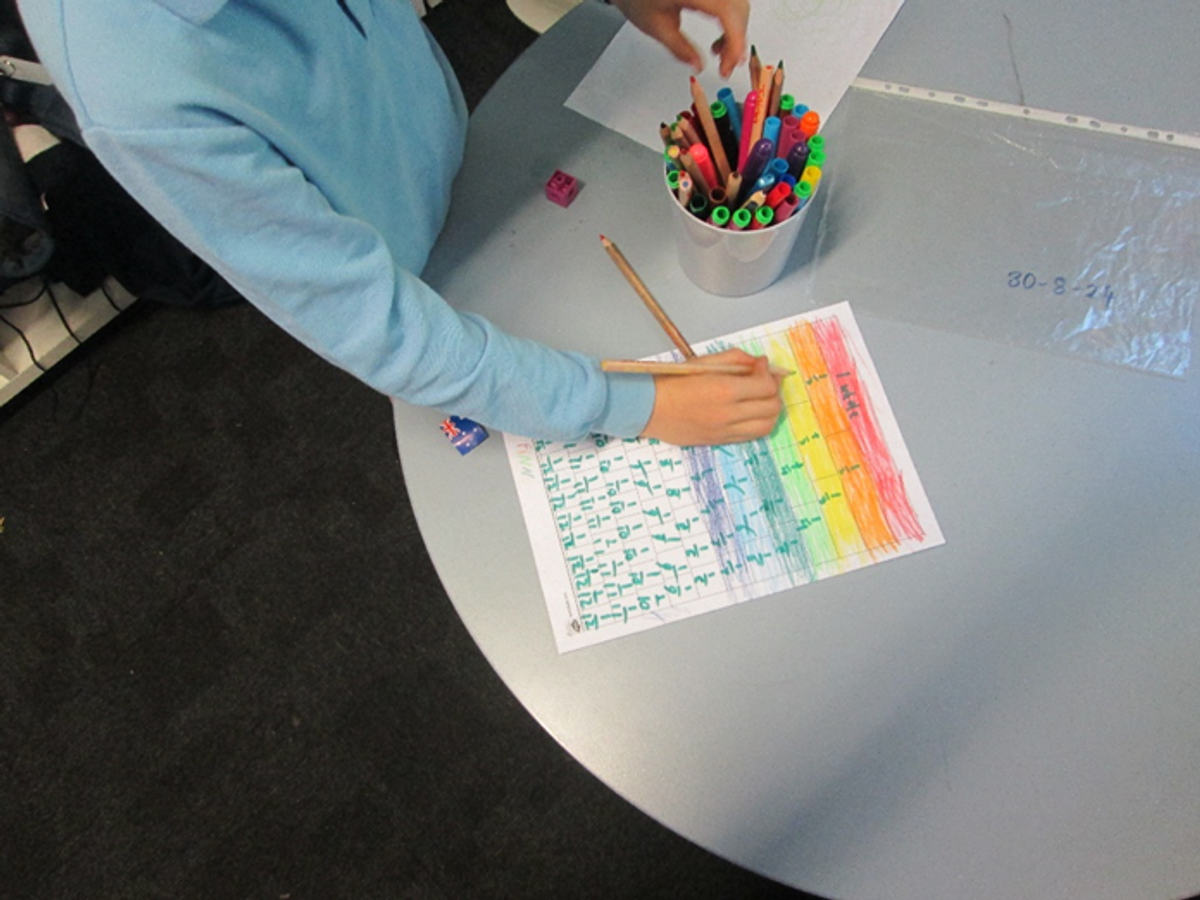
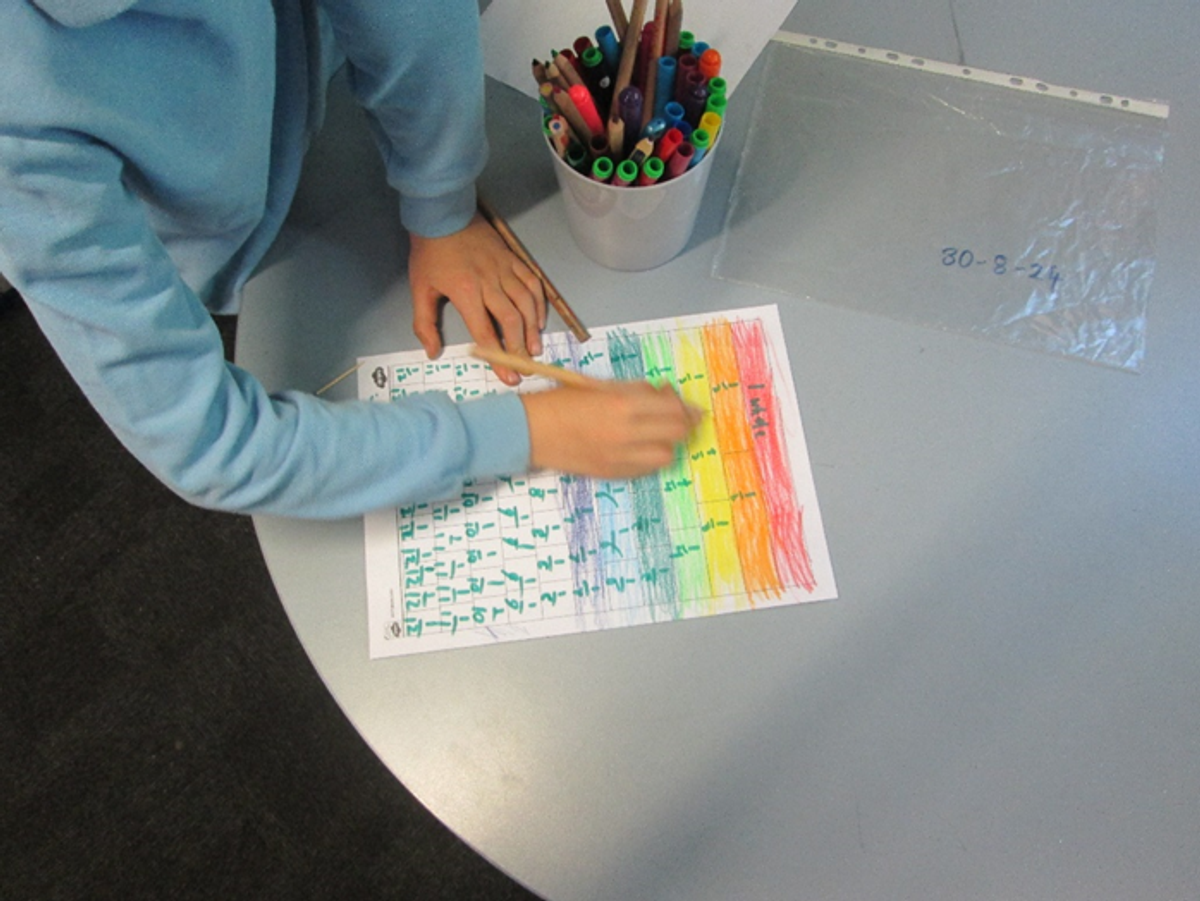
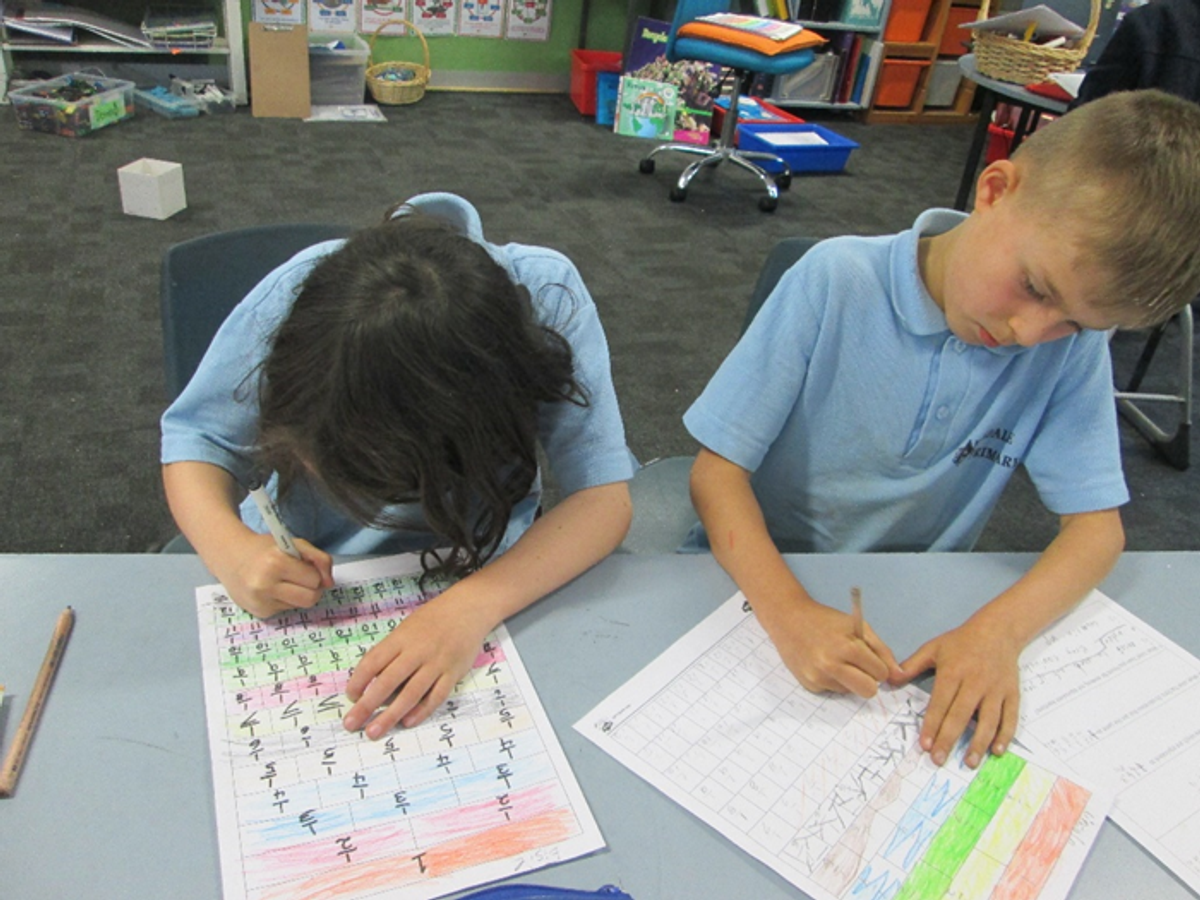
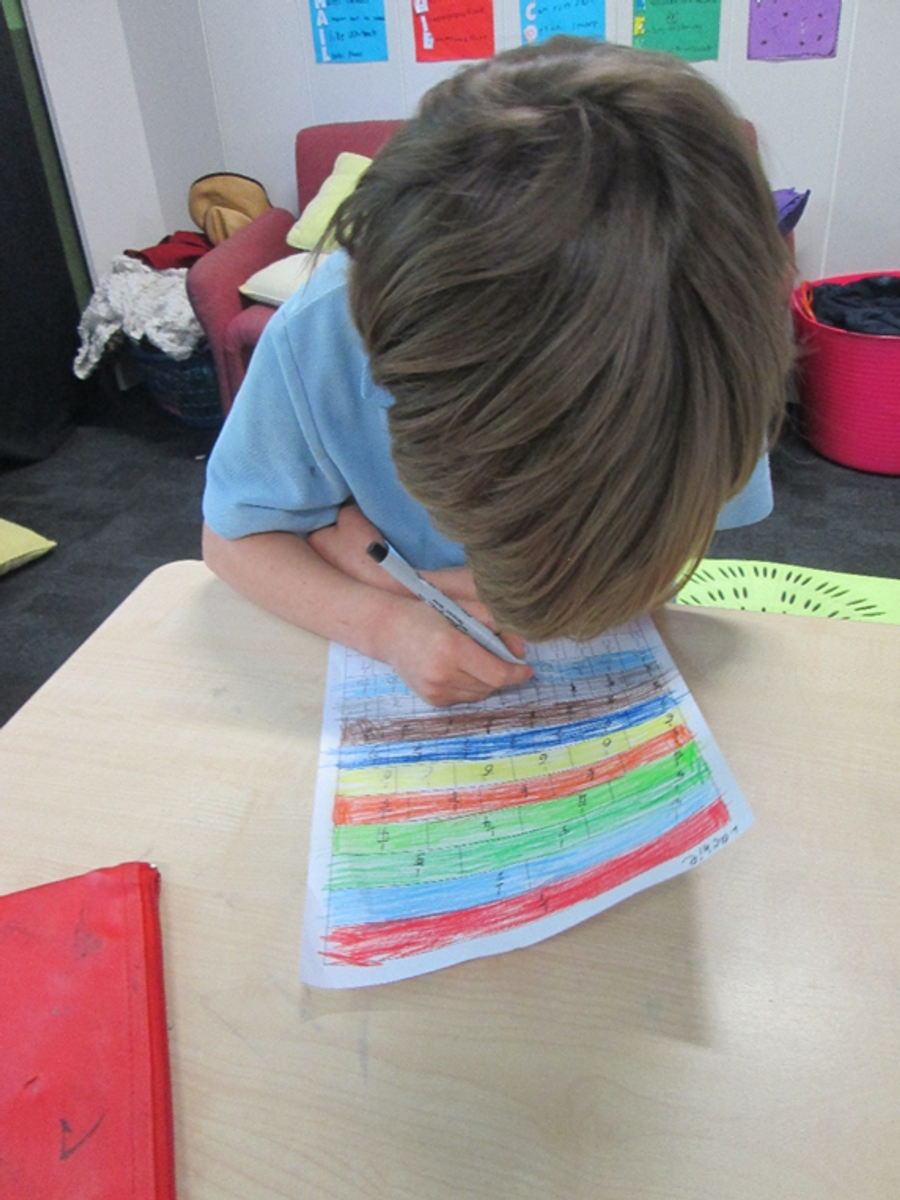
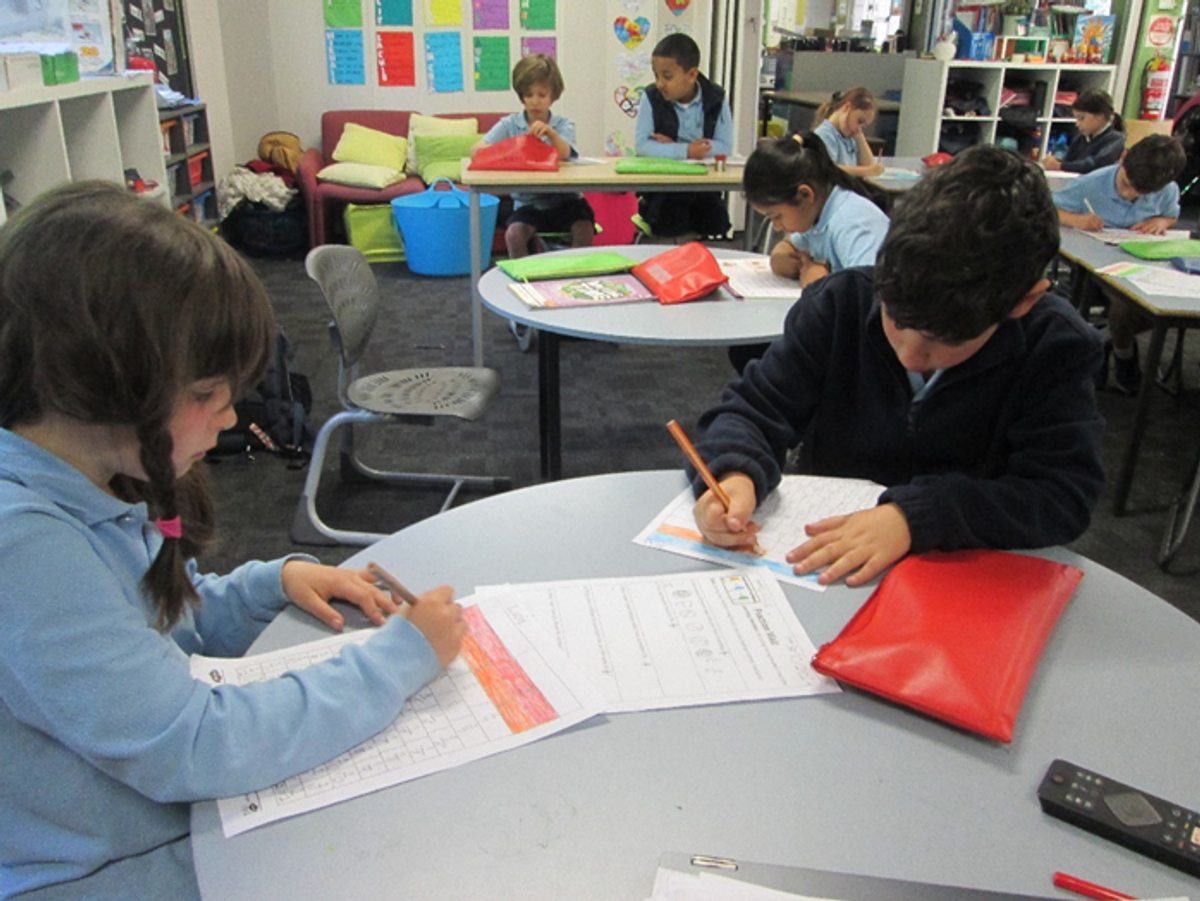









Mrs Evans and Rosanna
Year 2 Team